To book an upcoming textile tour to Japan with Okan Arts +click here
By Patricia Belyea
NARUKO JP I’ve always wanted to visit a kokeshi workshop and see a master in action.
To actualize my dream, I took a 3.25-hour train ride north from Tokyo that included two Shinkansen (bullet trains) and a local train. Finally I arrived at the kokeshi-crazy, hot-springs town of Naruko.
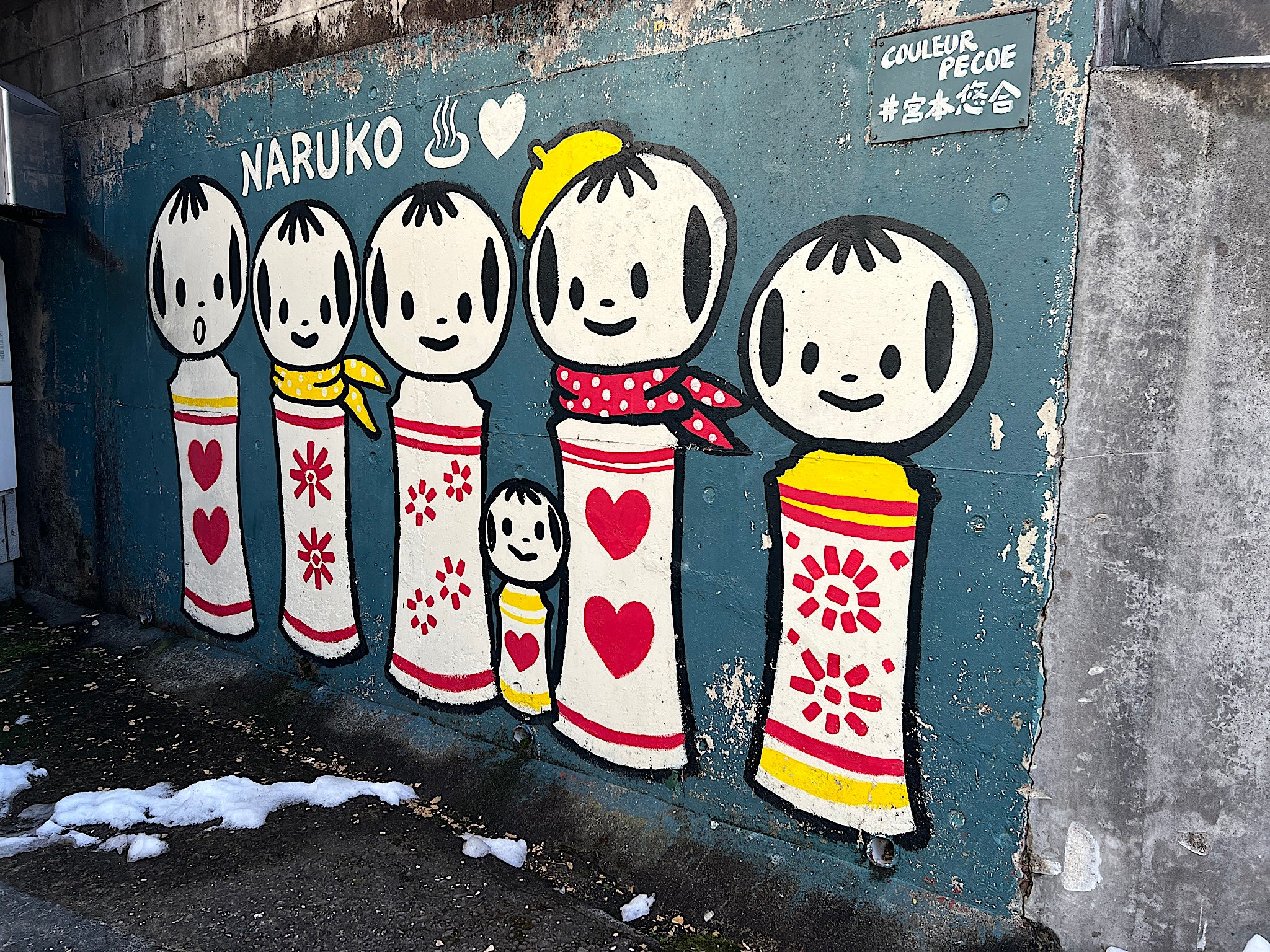
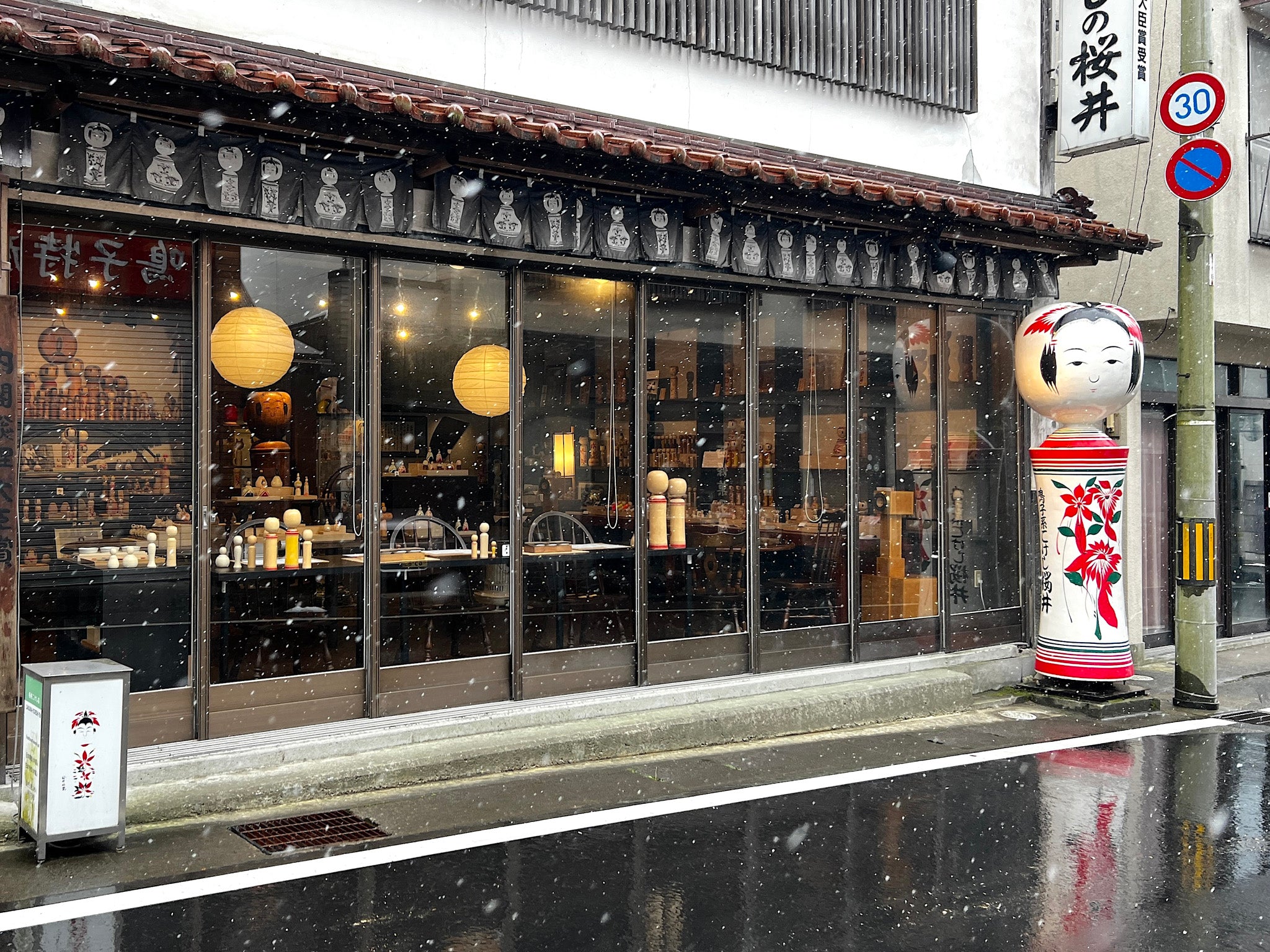
Almost 200 years ago, the first kokeshi were made by local farmers during their off-season. Originally the wooden dolls, purchased as souvenirs, were considered as toys for young girls. Over time they have become collectible and coveted Japanese folk art.
BELOW Vintage kokeshi made by Shoji Sakurai (1927-2011) — a fourth-generation kokeshi maker, father of Akihiro Sakurai, and grandfather of Naomichi Sakurai.
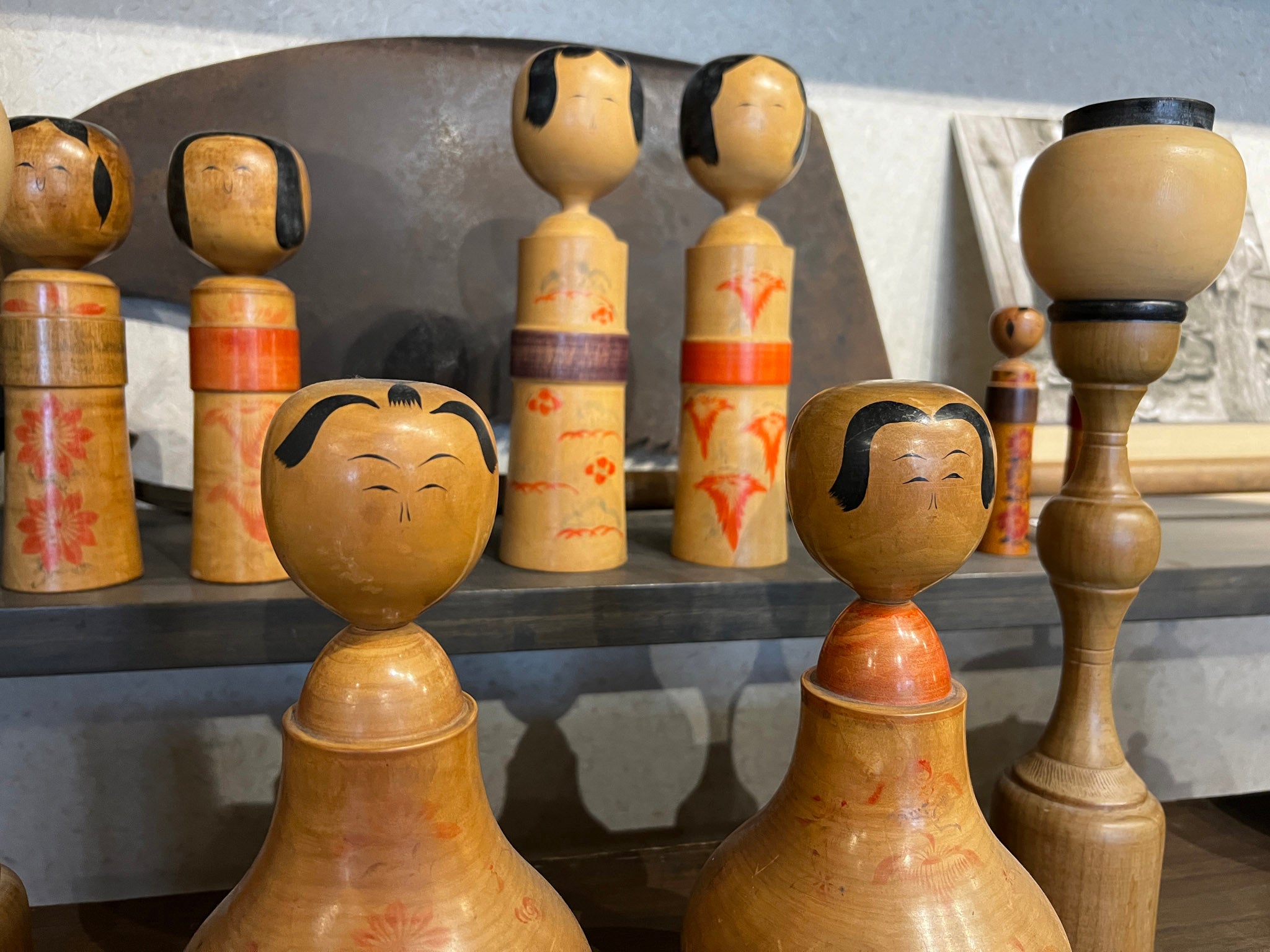
Special arrangements were made for me to visit Sakurai Kokeshi, an expansive shop on Kokeshi Street.
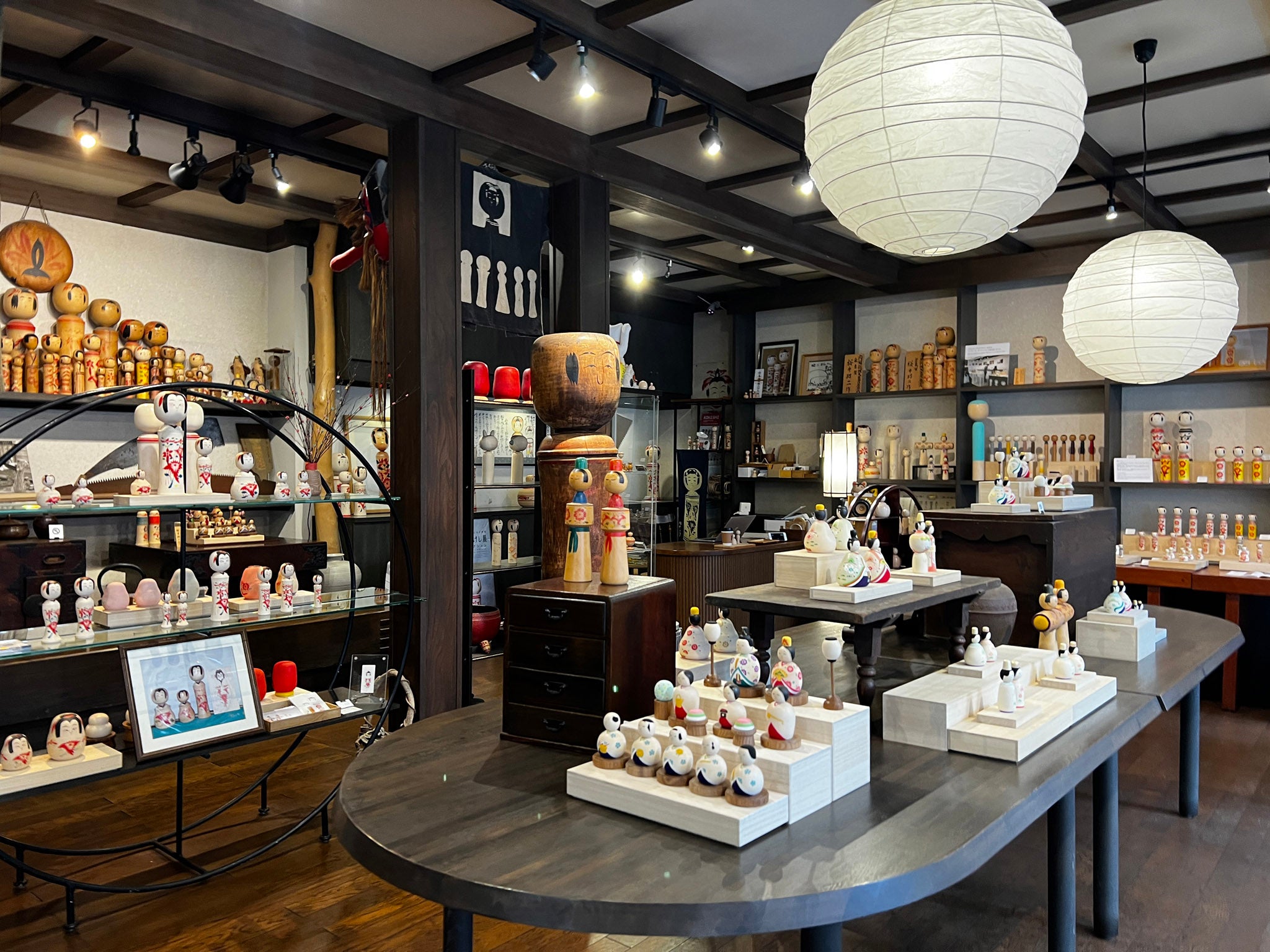
There I met Akihiro Sakurai, a fifth-generation kokeshi maker who was turning a wooden doll on a pottery-wheel-style lathe.
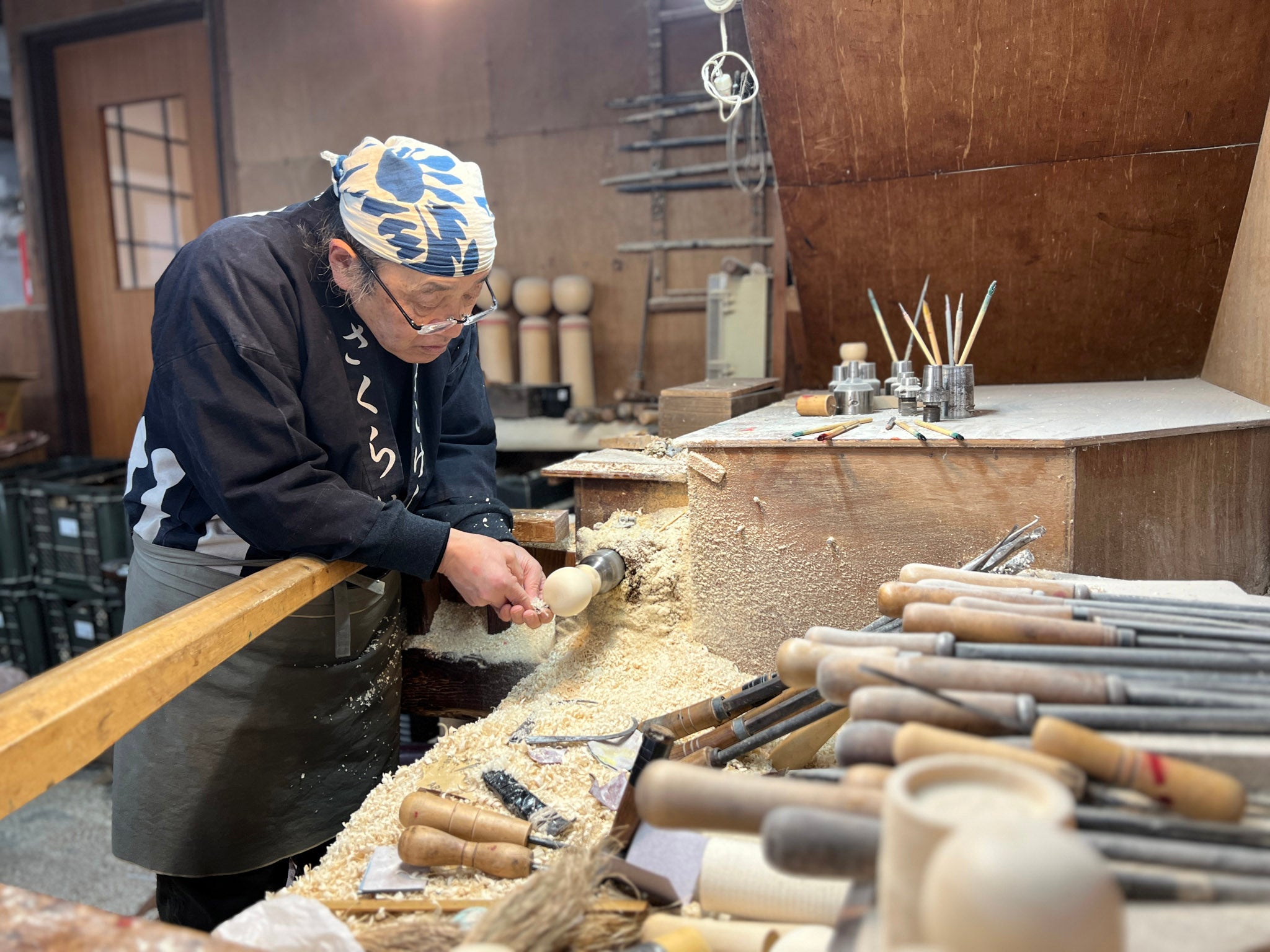
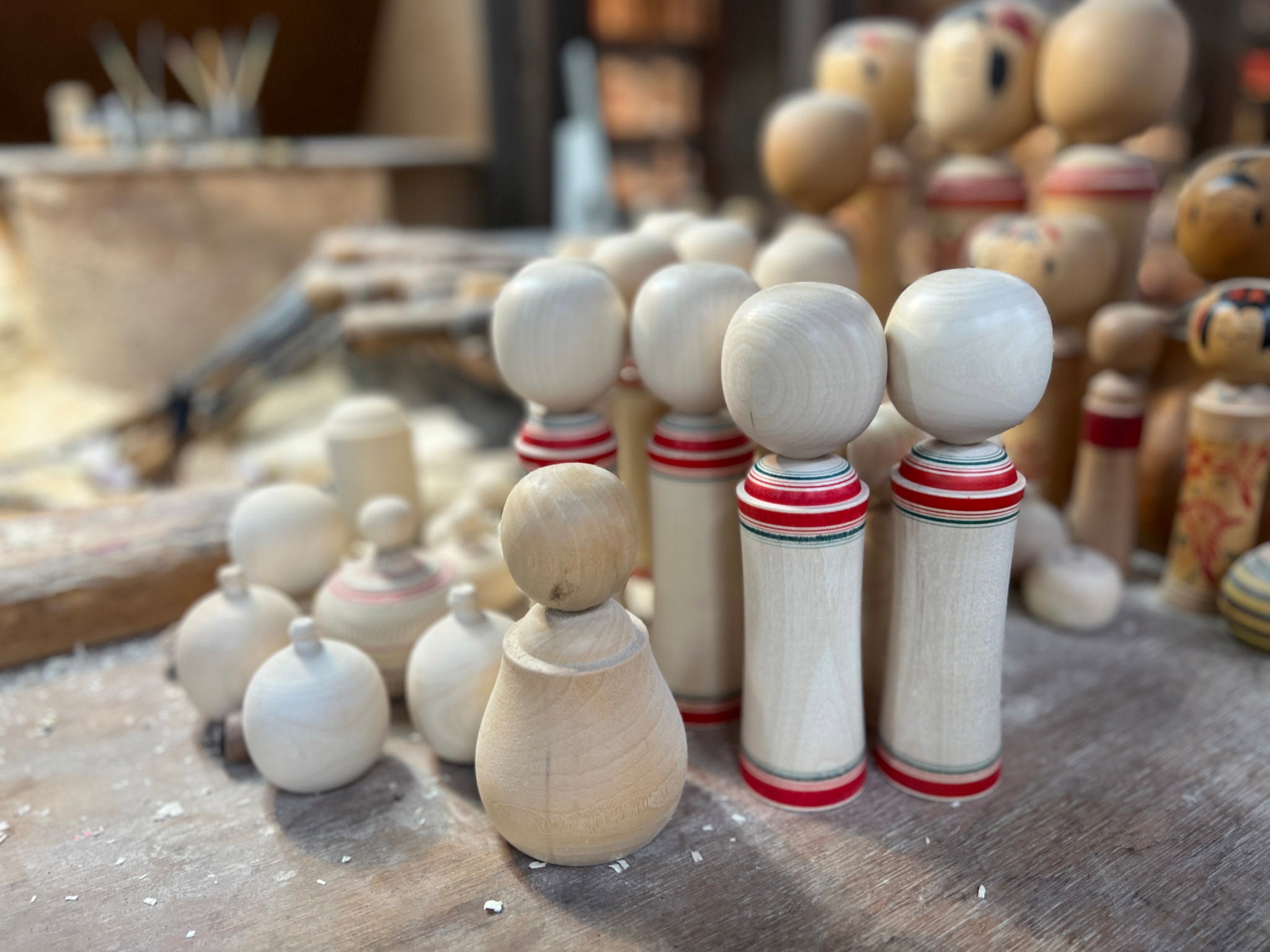
Did you want to be a kokeshi maker and follow in your family’s tradition? I asked.
Not really, Akihiro explained. At the age of 19, his father Shoji Sakurai had five students learning to make kokeshi dolls. Akihiro became interested in what the apprentices were doing and got involved with the craft. Ultimately his father became his mentor.

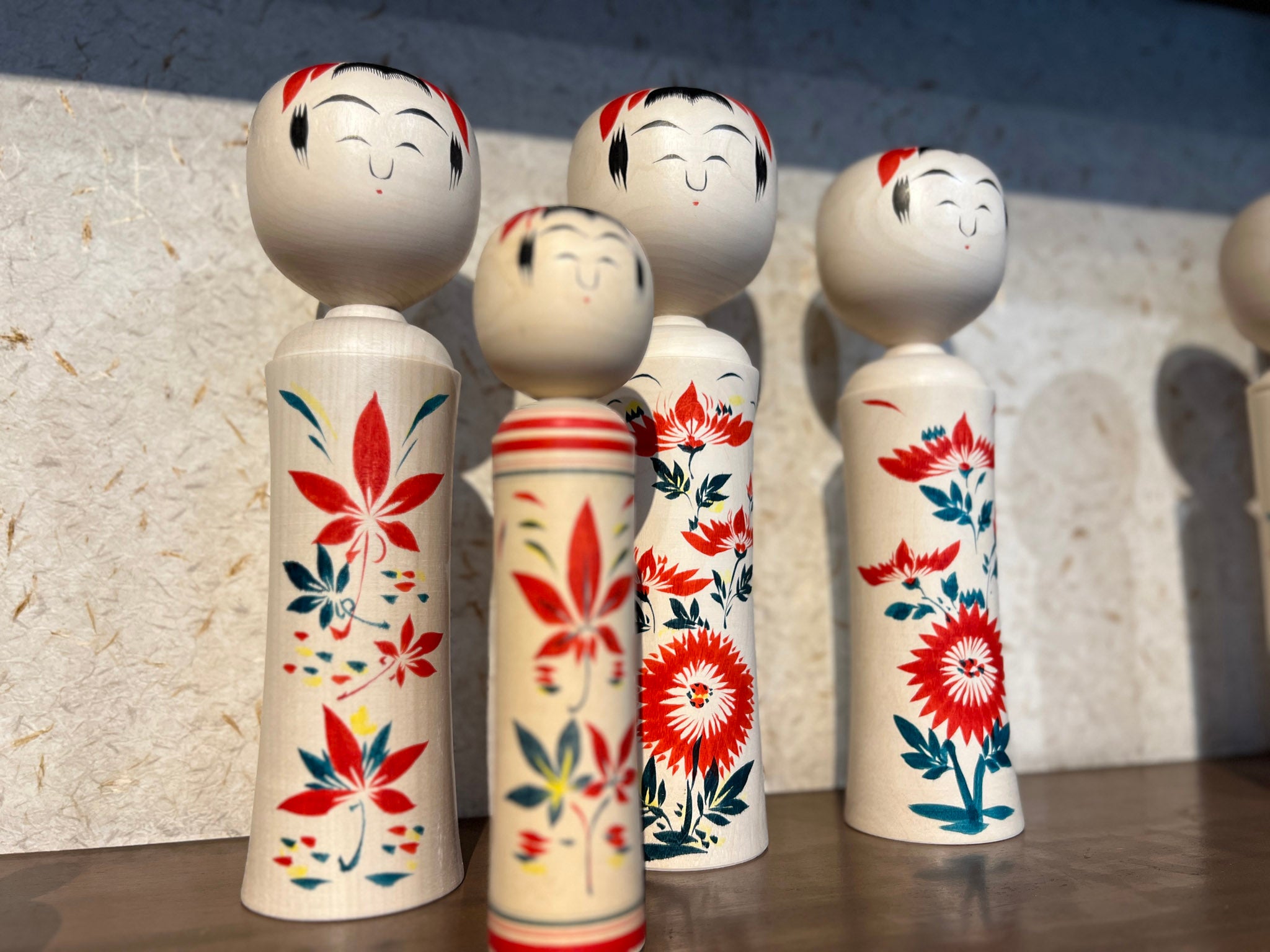
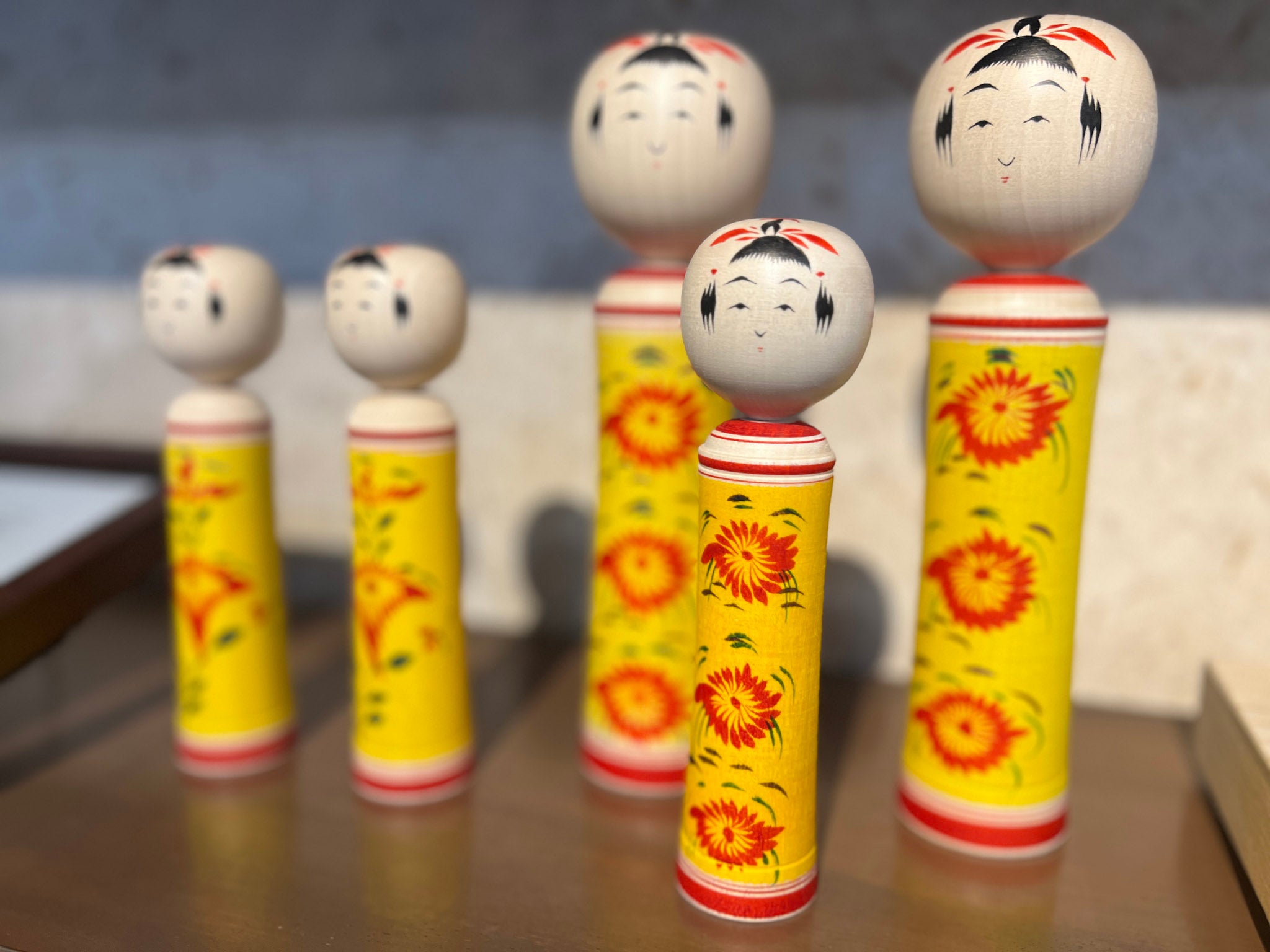
Akihiro challenges himself to be innovative with his shapes, colors, and painted patterns. This design is called Kubuki Kokeshi with its dramatic hairline and funny eyes with pink make-up.
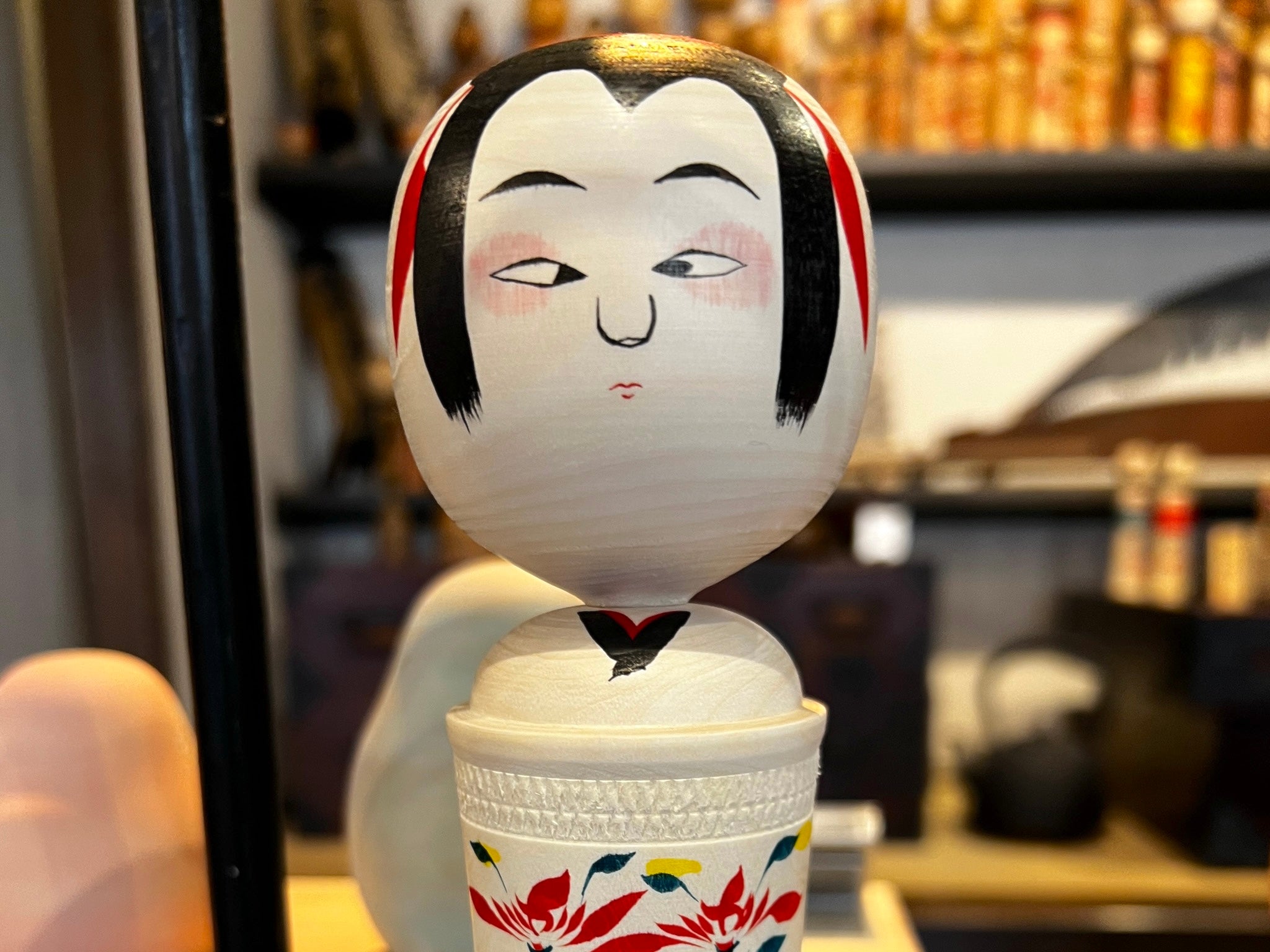
With his son Naomichi Sakurai, Akihito developed the Reflection Series to complement more modern tastes. The daring kokeshi were introduced to Europe at the Maison&Objet design fair in Paris.
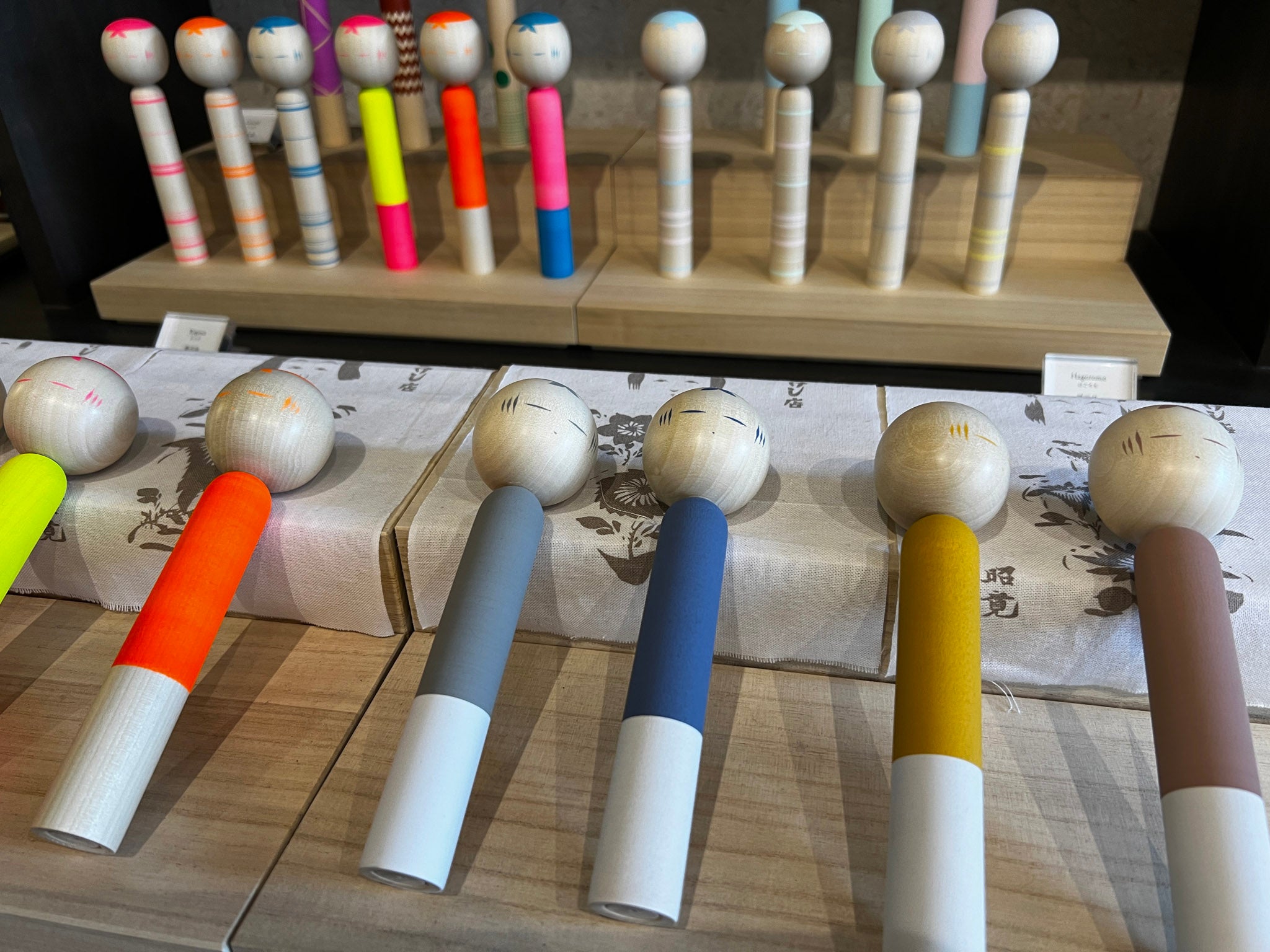
Akihiro’s father created Hiina Doll Kokeshi for the annual Girl's Day Celebration. Today, both Akihiro and Naomichi continue to make the Hiina Doll Kokeshi with updated styling.
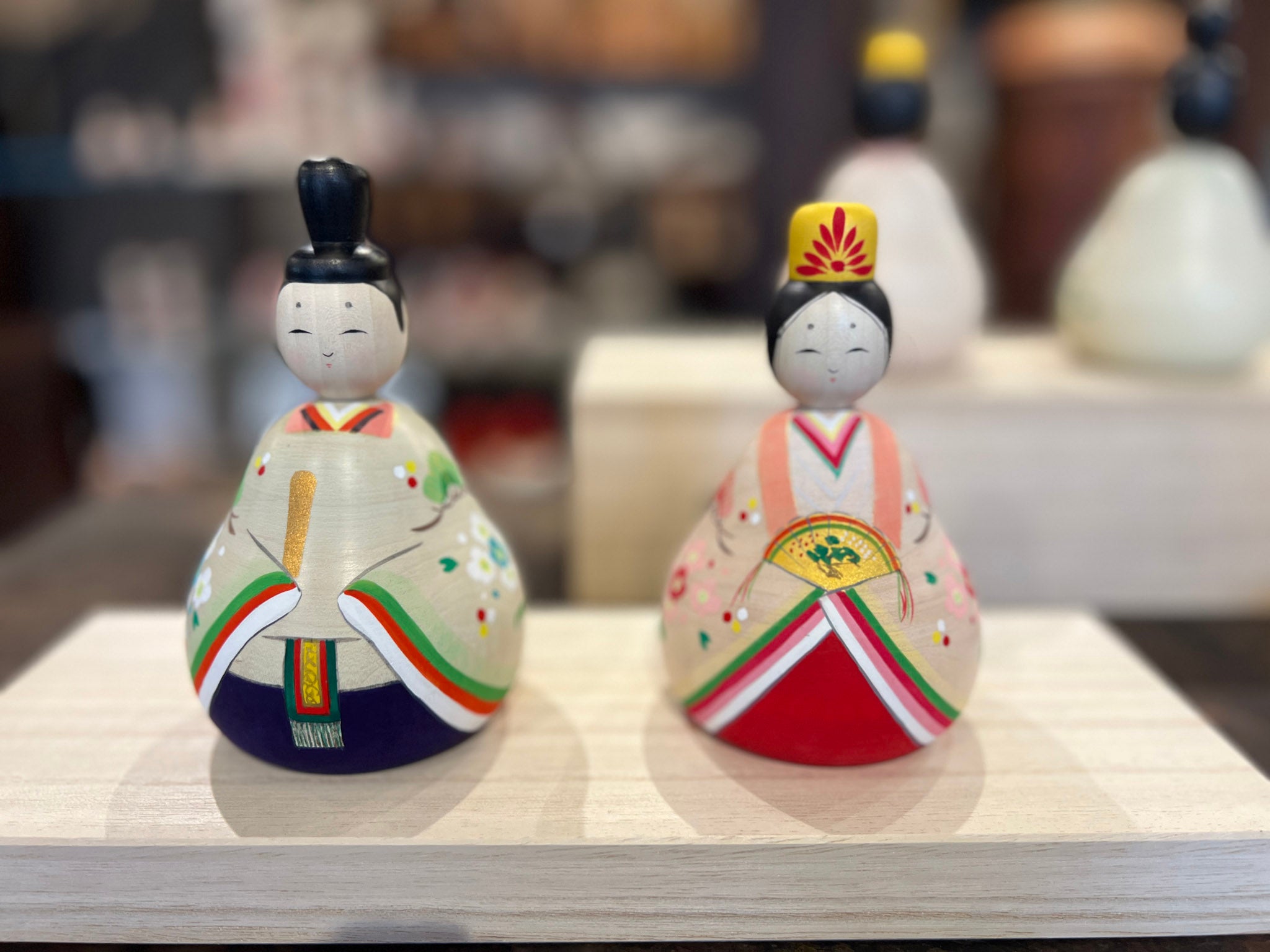
With the help of shop assistant Shizuka Kuroki, I painted my own kokeshi doll — an ejiko-style doll representing a baby in a basket. I did fine with the stripes but after that my project’s success declined.
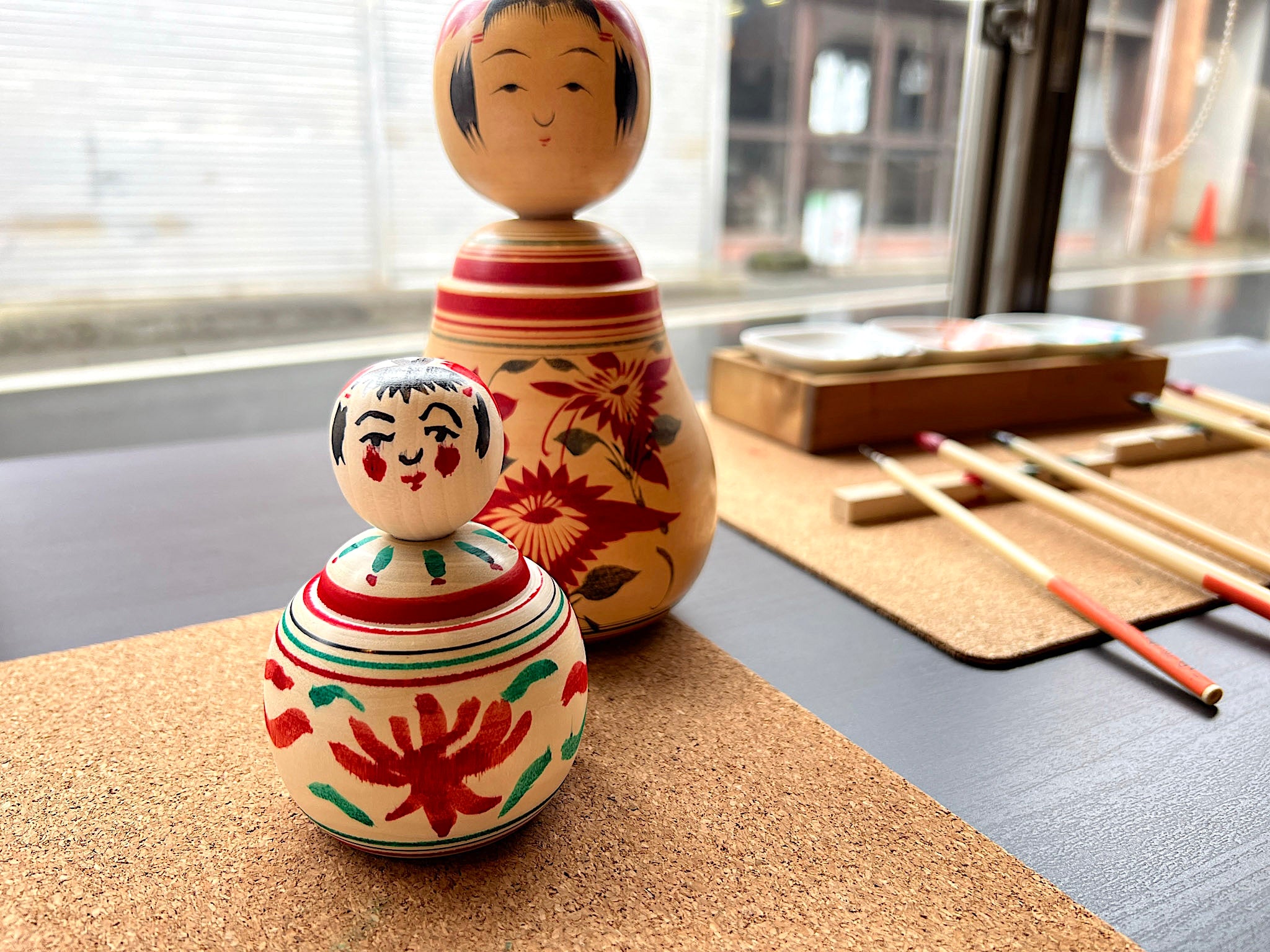 The whole experience of being at Sakurai Kokeshi studio and shop fulfilled my Big Dream. I took tons of photos to hold the sweet memory.
The whole experience of being at Sakurai Kokeshi studio and shop fulfilled my Big Dream. I took tons of photos to hold the sweet memory.
Here you can see more dolls and details of this special place.
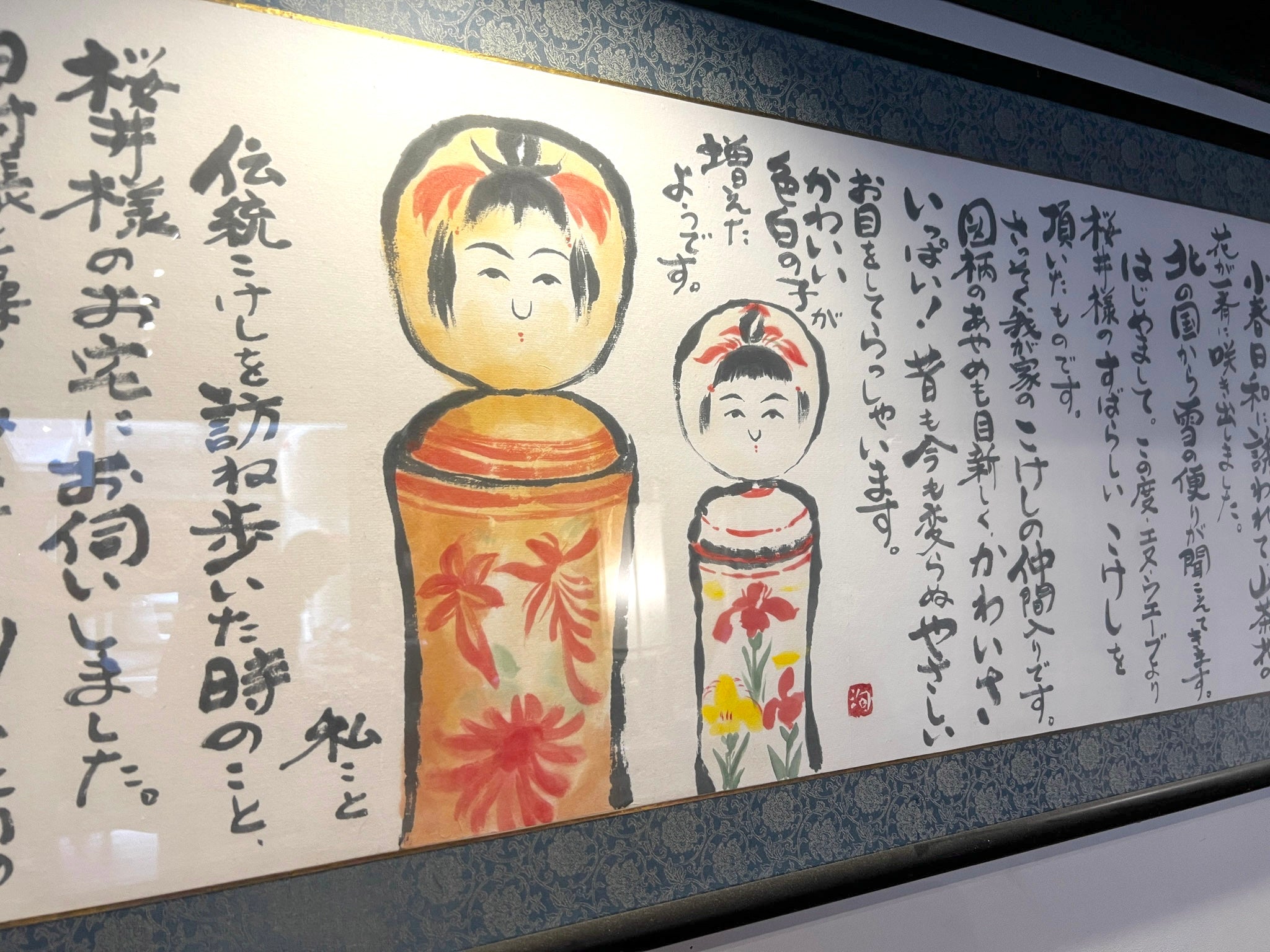
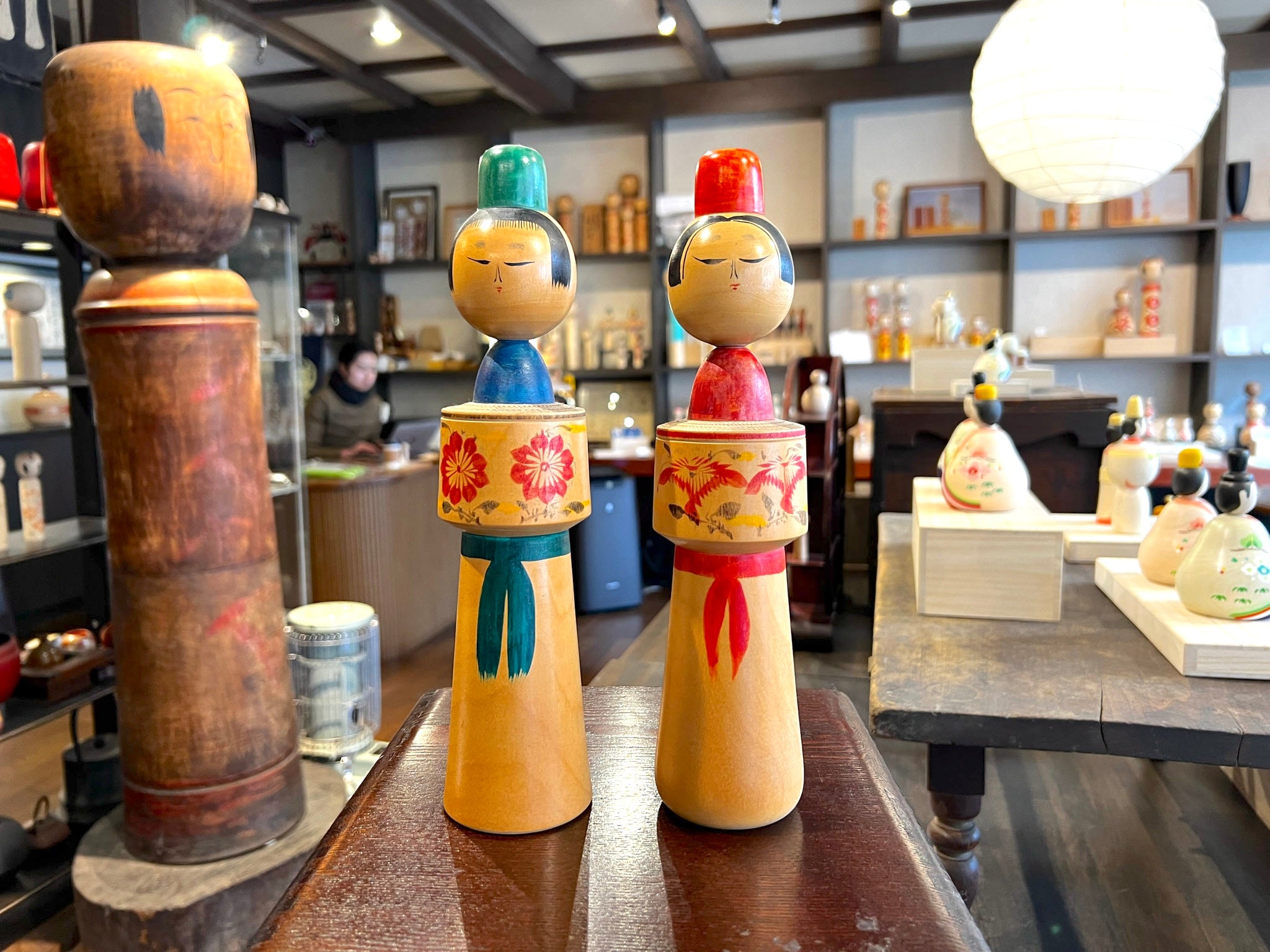
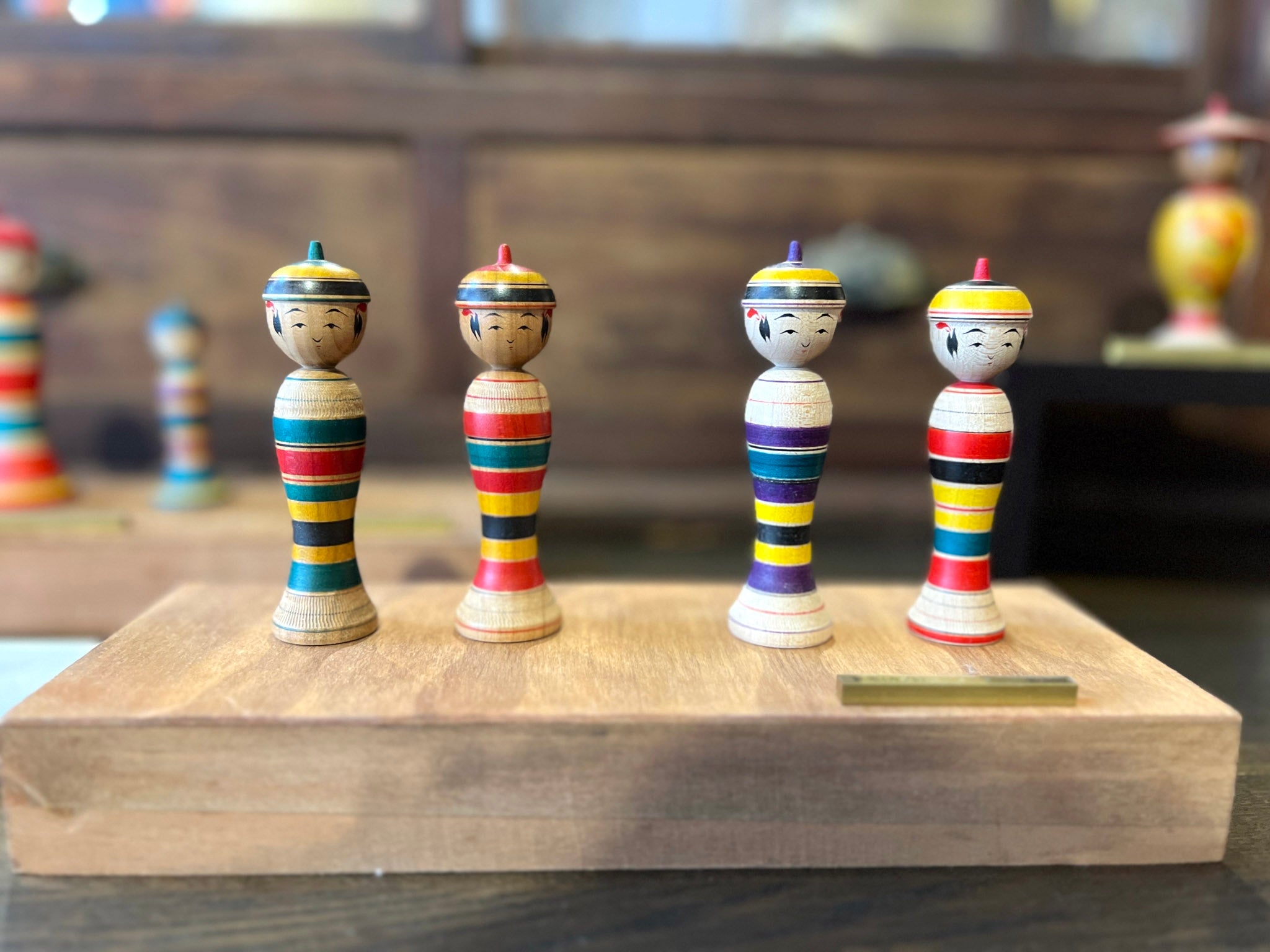

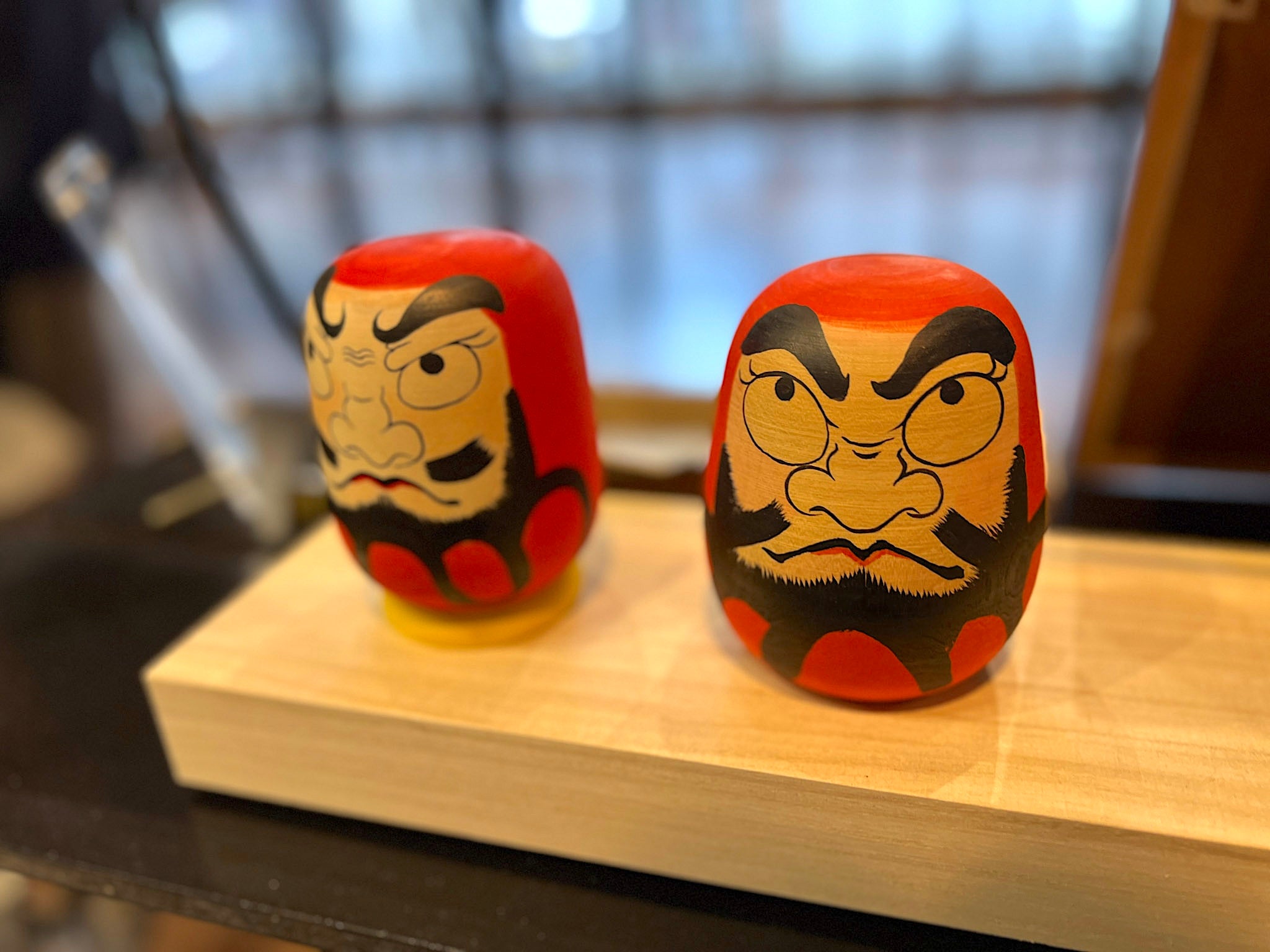
Thank you to my guide Junichi Shishido who set up the appointment to visit Sakurai Kokeshi, got me there, and translated my conversation with Akihiro. The next day, Jun brought me gifts of food and drove me for part of my travels. He was my hero!
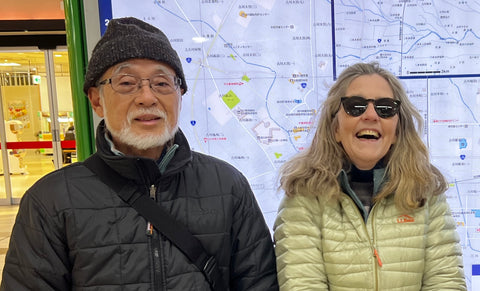
To visit the Sakurai Kokeshi website +click here
Okan Arts imports and sells vintage kokeshi dolls. To see what’s available in our online shop +click here
ABOUT US: Okan Arts, a petite family business, is co-owned by mother-daughter duo Patricia Belyea and Victoria Stone. Patricia and Victoria sell Japanese textiles online, host creative quilting experiences, and lead quilting & textile tours to Japan.
FOLLOW OKAN ARTS ON INSTAGRAM @okanarts









